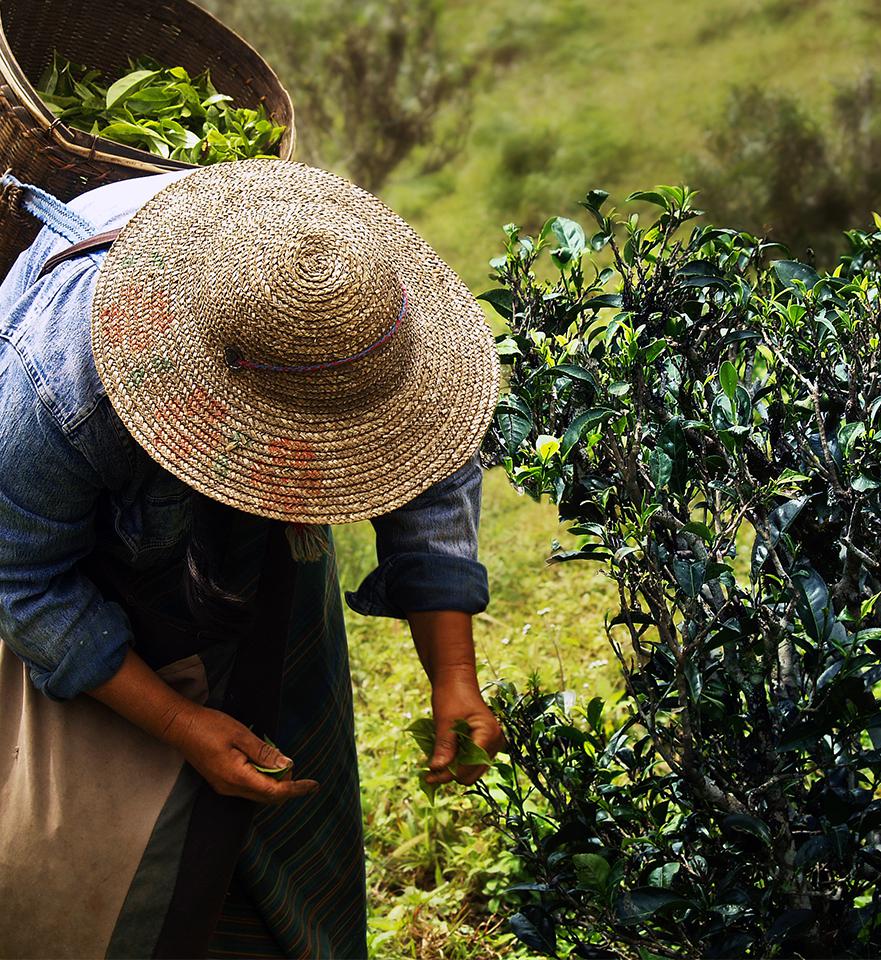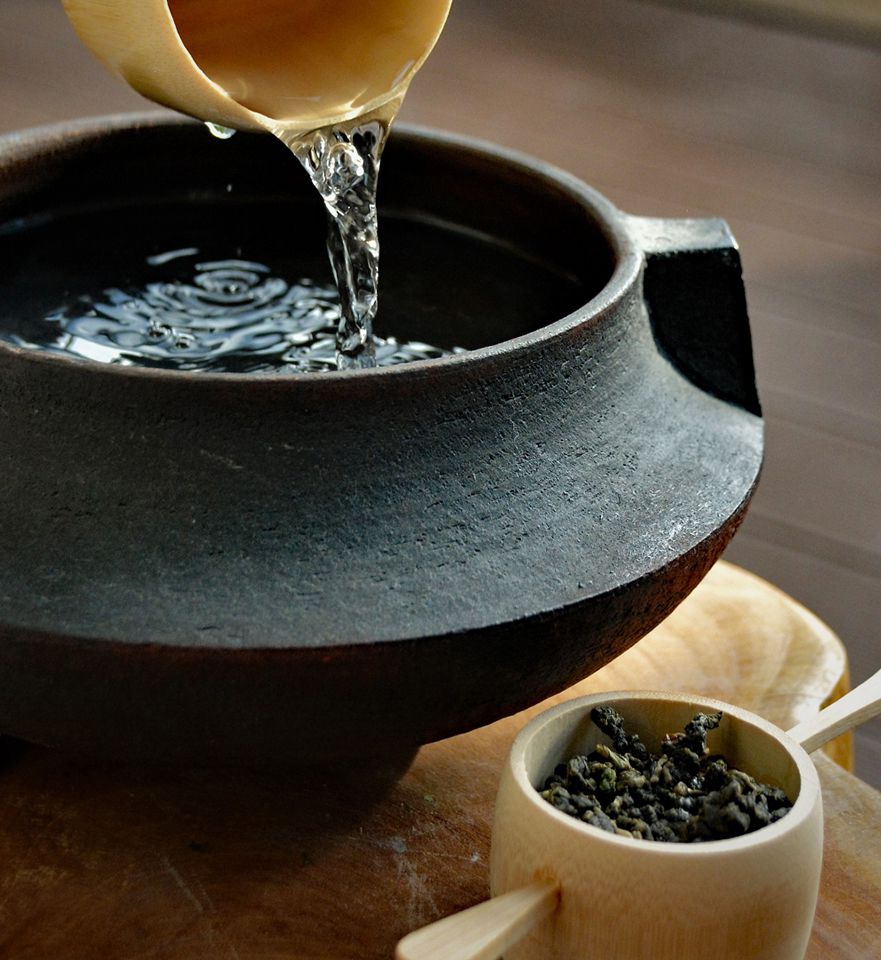Superior quality Oolong with fresh and floral notes
Discover our other teas:
Between shadow and light, oolong tea forges its own path. Neither fully black nor completely green, this "coiled dragon" - the literal translation of its Chinese name - fascinates with its hybrid nature. Born in the mists of Fujian mountains, the cradle of its origin, this semi-oxidized tea reveals an unsuspected rich aromatic palette. From Taiwan to Thailand, oolong has conquered Asia before seducing the entire world. But what really lies behind this bluish-tinted leaf, rich in theine? Dive into the fascinating world of oolong tea, where thousand-year-old tradition and innovation intertwine to create a unique tasting experience. Discover how this ancestral beverage, the result of a skillful fermentation process, can transform your daily life and bring sweetness to every sip of your day.
Transform the winter cold into a moment of comfort with our festive teas, herbal teas, and rooibos.
DiscoverUnique and exotic Oolong with peach and pomegranate flavor
Semi-fermented Oolong tea with orange blossom, rich and soothing
Oolong tea subtly flavored with lily of the valley notes
Orange-flavored Oolong tea sprinkled with orange peels
Rare oolong tea of intermediate oxidation, from Java in Indonesia
Rare Oolong: its unique character comes from the Himalayan peaks
Oolong and Green Tea Blend: mild, fruity and spicy
Oolong renowned for its milky infusion and creamy aroma
Taiwanese Oolong: floral, sweet, with hazelnut notes.
Very rare Taiwan Oolong. Rolled leaves, floral flavor

Oolong tea, also known as blue tea or wulong tea, is a unique type of tea that sits between green and black tea in terms of oxidation. The term "Oolong" comes from the Chinese "Wu Long", meaning black dragon, a poetic reference to the twisted shape of the leaves after processing.
This semi-fermented tea offers an unparalleled aromatic palette, ranging from light floral notes to more pronounced roasted aromas, depending on its degree of oxidation and origin. The theine present in this tea contributes to its stimulating properties.
The main tea-producing regions for Oolong are China and Taiwan. In China, the Fujian province and Guangdong are particularly renowned for their exceptional Oolongs. In Taiwan, formerly known as Formosa, oolong production has developed to become a true local specialty, with famous varieties such as Dong Ding and Baozhong. Each region produces teas with varying theine profiles.
What distinguishes Oolong tea from other types of tea is its semi-fermentation process. After harvesting, the tea leaves undergo partial oxidation, which is stopped at a precise moment determined by the tea master. This unique process results in a product with an oxidation rate generally varying between 10% and 70%, thus offering a wide diversity of flavors.

The history of Oolong tea dates back to the Song dynasty (960-1279) in China. According to Chinese legend, its name comes from a hunter named Wu Liang (later pronounced Oolong) who, distracted by a deer, forgot his basket of freshly picked tea. When he returned to get it, the leaves had begun to oxidize, giving birth to this new type of tea. Over the dynasties, the production technique was refined, making Oolong tea a prized beverage of emperors, appreciated for its delicate fragrances and theine content.
Oolong tea was introduced to Taiwan in the 19th century, when Chinese immigrants from Fujian province brought tea plants and their production techniques with them. The island's unique climate and topography proved ideal for tea cultivation. Over time, Taiwanese producers developed their own varieties and production methods, giving rise to Oolongs renowned worldwide for their distinctive nuances and balanced theine content.
Among the main varieties of Oolong tea, we find:
To prepare an excellent Oolong tea:
To fully appreciate your Oolong tea:
Incorporate brewed Oolong tea into your crepe batter for an original touch. Use a lightly oxidized Oolong for delicate floral notes that will pair perfectly with fresh fruits or honey. The theine will add a slightly stimulating touch to this dessert.
When choosing an Oolong tea, you may encounter various names:
Our selection of Oolong teas includes:
The production of Oolong tea is a complex art that includes several steps:
The oxidation level of Oolong tea can vary considerably, directly influencing its flavor profile and theine content:
Oolong tea is distinguished by:
Oolong tea is recognized for its numerous health benefits:
Oolong tea has often been praised for its slimming properties. Studies have shown that it can indeed contribute to weight loss by stimulating metabolism and promoting fat burning. Theine plays a role in these effects. However, it's important to note that these effects are modest and that Oolong tea should not be considered a substitute for a balanced diet and physical exercise.